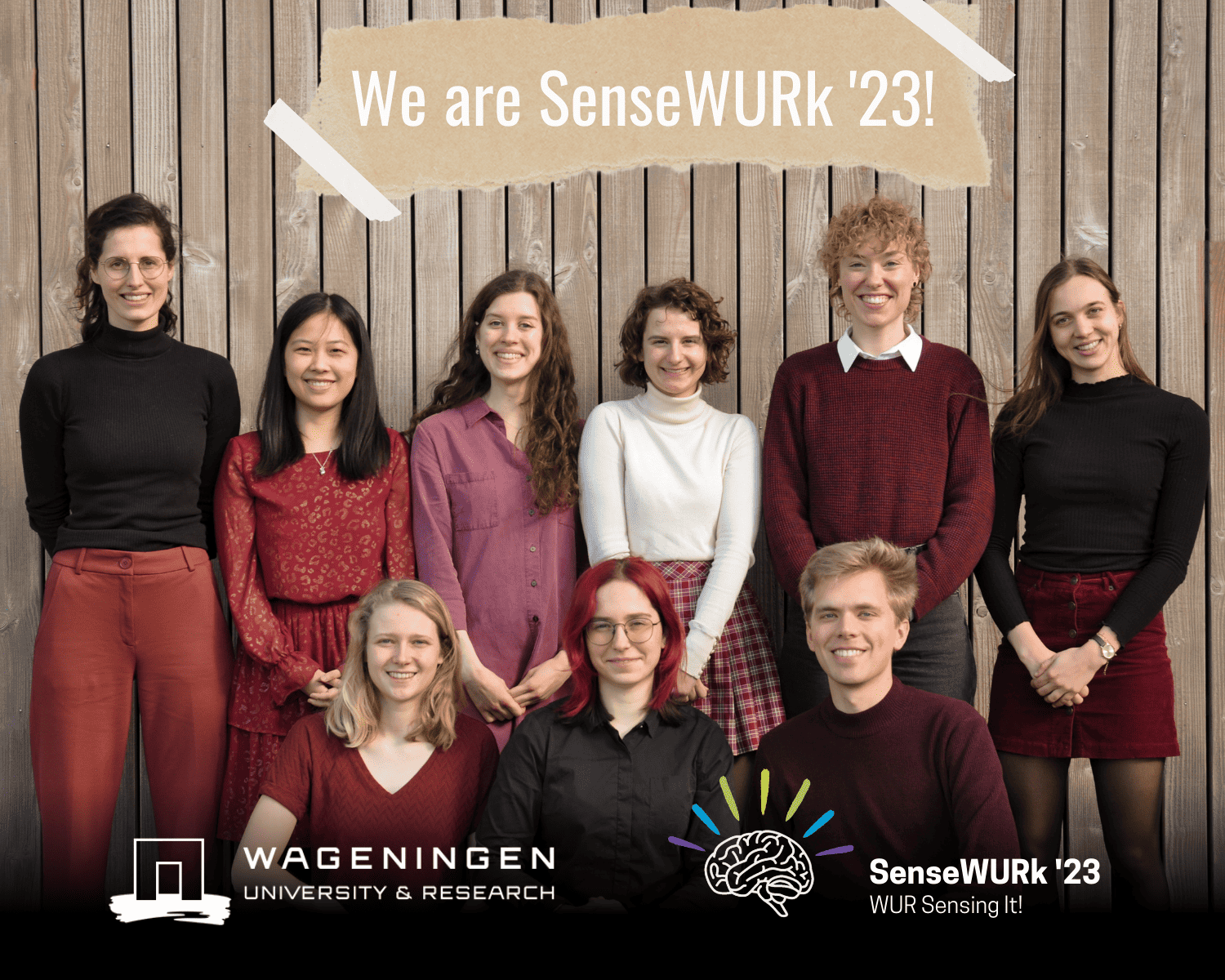
Every year, around 50 million people worldwide are affected by traumatic brain injury. They end up in the emergency room or hospital, but often little is known about the severity of the situation. Student team SenseWURk’23 developed a sensor that quickly and accurately detects brain injuries. “A small drop of blood is enough,” says team captain Sifre van Teeffelen.
- A biosensor can detect brain damage, based on a small drop of blood
- The student team developed the sensor for a competition
A traffic accident, an accident on the sports field: unfortunately, many people suffer a concussion or other types of brain injury at least once in their lifetime. Currently, MRI and CT scans and neurological tests are the standard methods to diagnose this. However, these are costly and often not sensitive enough to detect milder forms of injury.
Yet early and accurate detection is crucial for treatment and optimal recovery of patients. That is why student team SenseWURk’ 23, from Wageningen University & Research, developed an innovative biosensor that can detect whether brain damage is present, and to what extent, based on just a small drop of blood.

SensUs Student competition
The students developed the sensor as part of the International SensUs Student Competition, in which some 20 universities from around the world participate every year. The aim of the competition: to develop new biosensors that advance healthcare. This year, the chosen biomarker (protein) was GFAP, which is a marker for traumatic brain injury.
Microfluidic chip
Van Teeffelen, master’s student in Molecular Life Sciences at WUR, explains how it works. “We developed a microfluidic chip. A sample goes through that. In this case, a drop of blood. On the chip itself are GFAP antibodies that ‘pick up’ the biomarker. Later, fluorescent antibodies are added. This makes it visible whether there is injury.” Such a chip is nothing new, Van Teeffelen explains, but the group of students attached a pump to the chip that pumps the sample back and forth. “This gives the biomarker multiple chances to bind to the antibodies. And so you could detect lower concentrations of the protein in the blood.”
The sensor has been optimized in the lab. “At the beginning, it was a bit difficult,” admits Van Teeffelen. “We didn’t know exactly how to start, the device we used to place the antibodies was leaking, things like that. But everything seems to be working now. With a tight plan and the help of professors, we should be able to make the sensor a success.”
Applications
The student team is convinced that the sensor will come in handy in many areas of society. “First, it would be ideal to be able to establish a diagnosis at a patient’s bedside within minutes, based on just a drop of blood. For small children, for example, MRI or CT scans are quite intense. For them, this would be a godsend. We talked to a neurologist about our solution and he too told us that there is a real need for it. Especially because this way, before they even arrive at the hospital, it could be determined whether they need a scan after all, need to be admitted to the ICU and so on. This could save a lot of healthcare costs.”
And more applications are possible, Van Teeffelen continues. “Think of sports clubs, for example. Our test can quickly reveal during an accident on the football pitch whether a footballer can safely continue playing yes or no. Ideal, after all, there are no neurologists running around on the pitch to help the footballers.”
The winner
In August, the student competition took place. “We are extremely proud to announce that we ended 2nd place in the categories of analytical ability and distributed testing. Our idea proved to be able to differentiate the severity of traumatic brain, from minor to severe”, the team concludes.

